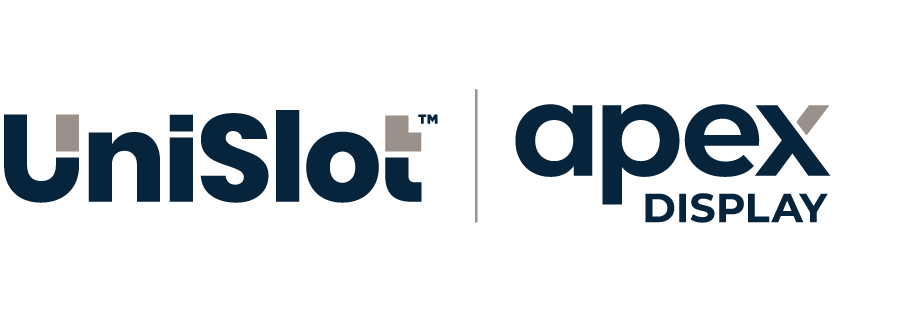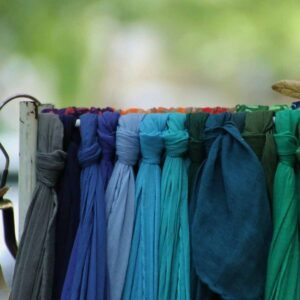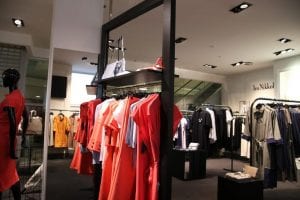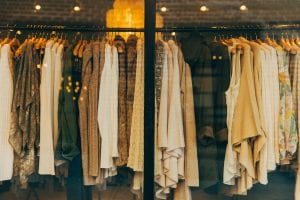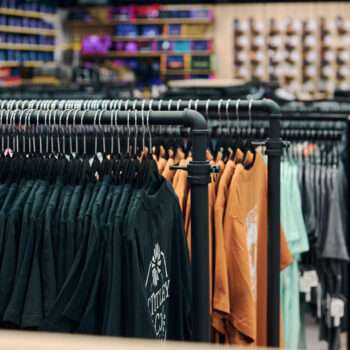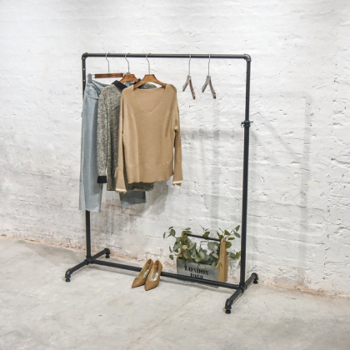Have you ever wondered what certain words actually mean in the retail and visual merchandising world? We’ve compiled a list of some definitions of commonly used, but less commonly understood terms. Bookmark this page and come back when you need to refresh your memory!
Basic:
- Merchandising – using effective presentation techniques to encourage customers to purchase products.
- Fixtures – Shelving, display cabinets and other items that are permanent attachments to a retail store.
- Optimise – To take steps to improve the chances of a purchase being made.
- Inventory – The items for sale in your store.
- Layout – The way in which your store is laid out, and how the products are arranged for sale.
- ROI – Acronym for Return on Investment. This is a way of working out if the money you are investing is profitable.
- Consumer – a person who purchases goods and services for personal use, or the decision maker for business purchases.
- POP/POS – This stands for Point of Purchase/Point of Sale. The place where the transaction is complete (and a great place to put impulse products!)
More Advanced:
- Themes – This is the idea your display should convey. Consider the way that your products are used, and build your theme around that.
- Planogram – Shortened to POG, this is a graphic representation of your shop – see more here.
- Hot Spot – A place that customers gravitate to in your store. Place your most profitable items here.
- Props – Things that are not for sale in your shop, but help to build ambience and theme.
- Sightlines – a line of vision from someone’s eye to what should be seen (determining good or bad visibility). Good merchandising would have long sightlines, so customers can see a lot of the store at once.
- Ambience – Difficult to put your finger on, but this is the character of a store. Sensory information will combine to create this (I.e. sight, sound, smell, textures)
- Proportional Merchandising – Knowing which items are most profitable, and assigning space to them in your store proportionate to their profitability.
- Product Engagement – When your customer engages with a product, they pay it more attention, maybe by touching or picking it up. Increased product engagement will lead to increased sales.
